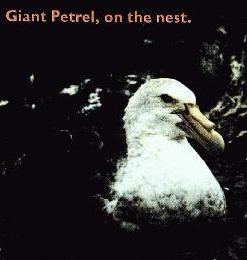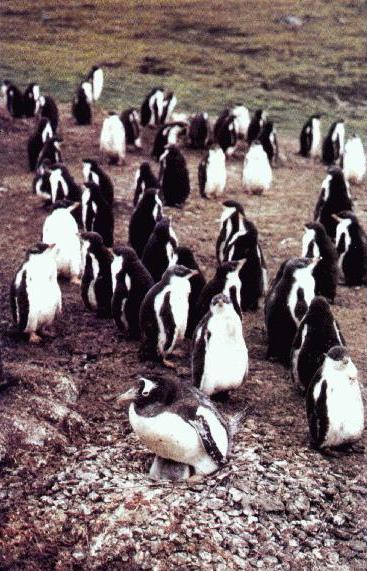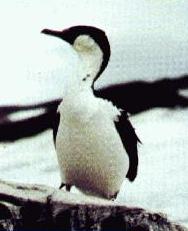

Covering over 1300 square kilometers, with more than 90% ice covered, King George Island in the largest island in the South Shetlands Archipelago. Admiralty Bay in turn is the largest bay in the group with a surface area of ca. 122 square km, and a maximum depth in excess of 500m.
The terrestrial ecosystem in the near-shore zone occupies only a relatively small area, and depends greatly on production in the marine ecosystem and transport of organic matter from the sea to the land. Birds and mammals which use the islands' shores as breeding sites depend on food resources occuring at a reasonable distance from the shore. In this respect the transport by currents of marine organisms towards the land is very important, and there is some evidence to suggest that the amount of krill in this zone can influence the number of penguins on the island. Animal wastes and remains on land undergo various decomposition processes, which may enrich soils and inland waterways. The action of wind and waves also deposits large quantities of kelps on the shore, whereupon it too decomposes. Land masses modify the hydrodynamics of water in its vicinity, and influence its chemistry and optical conditions as a result of freshwater run-off from melting snow and ice; this may incidentally transport organic matter. Glacier calving into the bay also act as sources of freshwater and inorganic suspensions. During the past 15 years an intensive glacial retreat has been noted in Admiralty Bay. The emergence of ice-free areas promotes those processes which depend on wind and waters; ice-free areas are colonized, and new nesting and breeding sites become available. Apart from the natural routes of matter transport, the human presence has introduced new sources of matter. Increasing numbers of research stations produce more and more waste which pollutes the near-shorezone. On a Polish initiative, part of the western shore of Admiralty Bay was designated a Site of Special Scientific Interest, SSSI No.8. The site borders Arctowski station, and includes within its bounds the American Copacabana summer station. Arctowski is regularly visited throughout the summer season by tourists, and we recognize that there is some human impact on the local fauna and flora. A further Polish initiative succeeded in having Cape Lions Rump on the western shore of King George Bay designated a Site of Special Scientific Interest, a ruling which prohibits human interference in that area except under strict conditions. This has presented the opportunity of carrying out studies which can compare the human pressure on SSSO No.8, with SSSI-Lions Rump situated beyond the immediate range of human activities.

The relative isolation of the South Shetlands, i. e. their position in Antarctica, allows us to consider them as a reference point for comparison with other areas, especially in processes relevant to the new GLOBAL CHANGE program. An insight into natural variations in the Antarctic ecosystem is essential if we are to determine long-term trends and anthropogenic changes. It is also essential for the introduction of reasonable measures to protect the environment and its resources.
Polish studies in Admiralty Bay have evaluated and recognized the routes and the extent of matter and energy transport. They have also determined the species composition and biomass of the principal groups of marine and terrestrial plants and animals. These complementary studies represents a basic for modeling the functioning of near-shore ecosystems.
Since 1957 Poland has also operated an Arctic station at Spitsbergen, and therefore has the opportunity to conduct comparative bipolar investigations.
